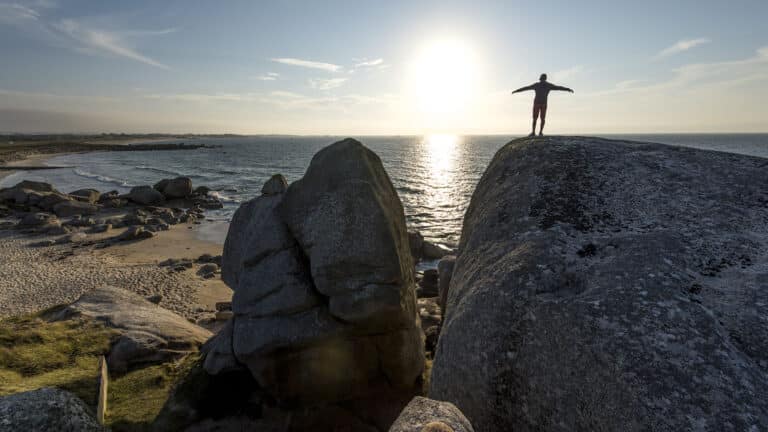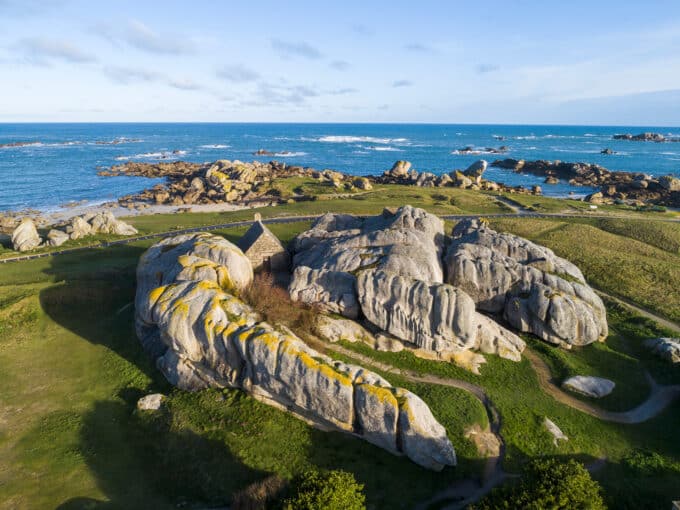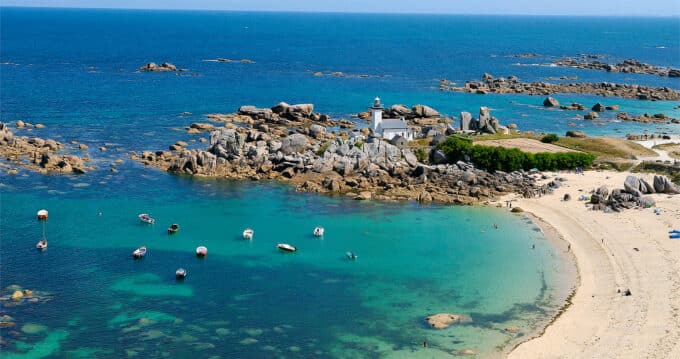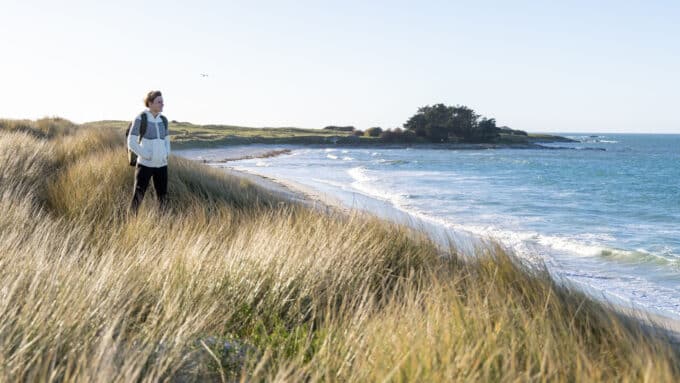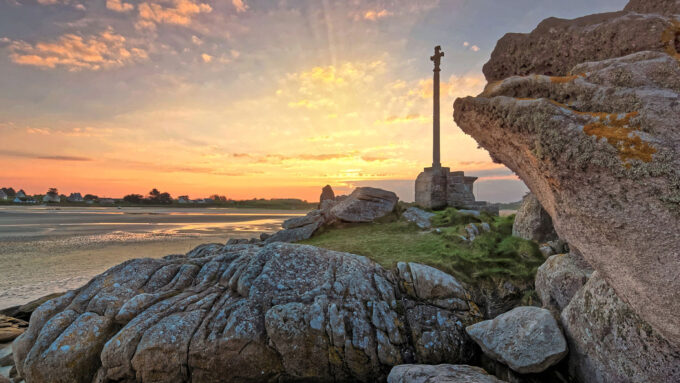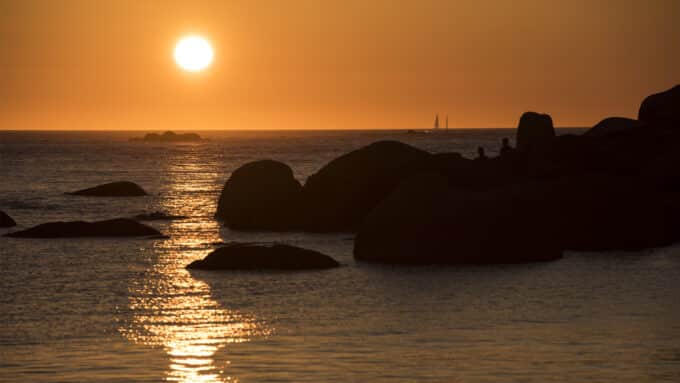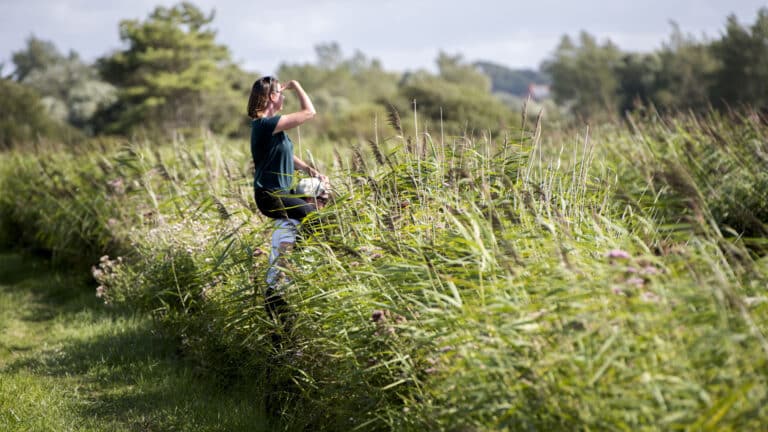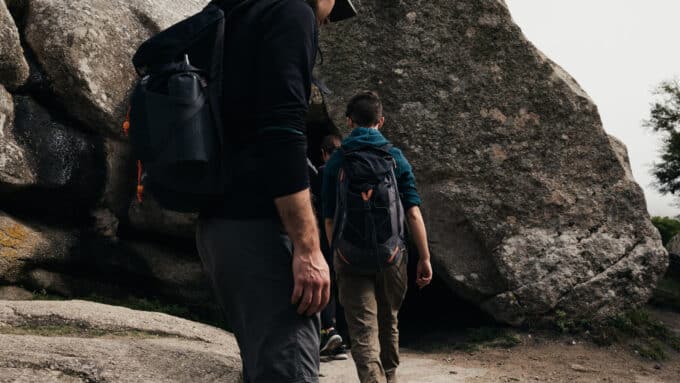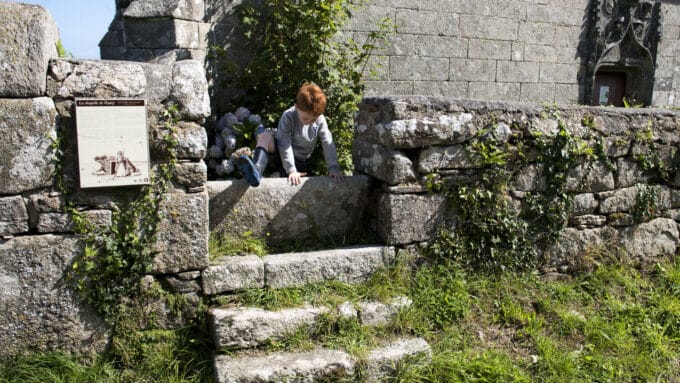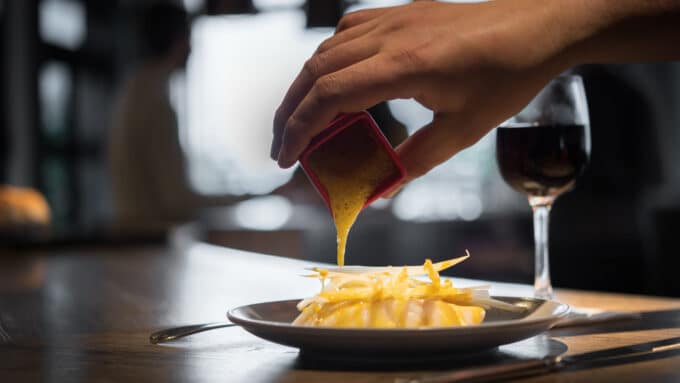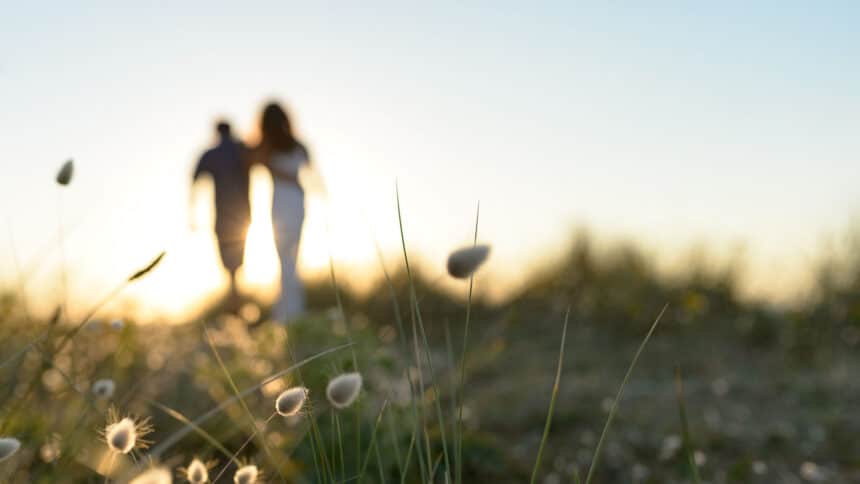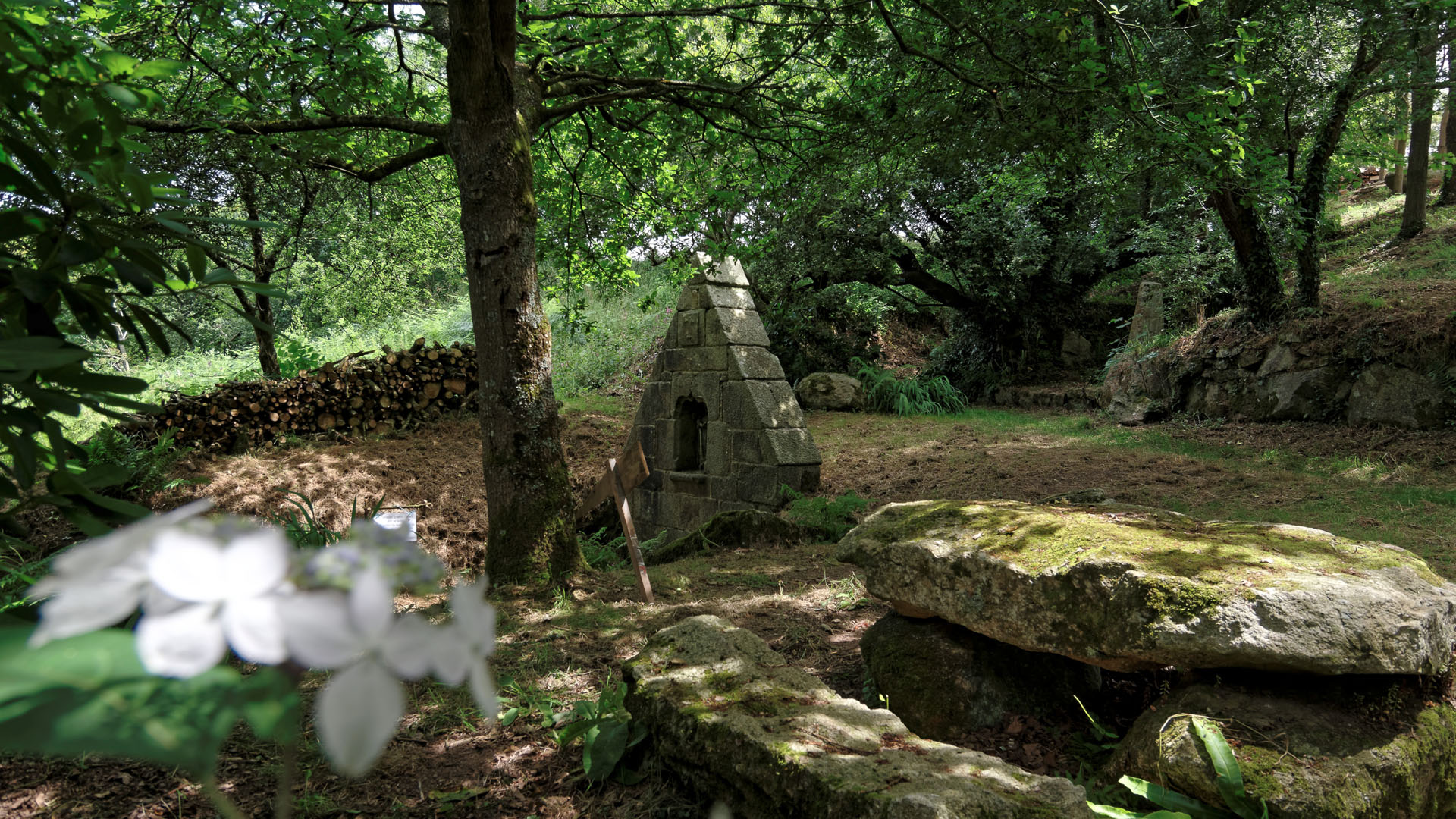The secret of the fountains
Healing and prediction are the two main types of request made to these fountains: maternity, various ailments, illness in animals, etc. Each has its own specific power. Each has its own specific power. One of the few to be able to cure all types of ailments is the fountain in the Basilica of Notre-Dame du Folgoët.
The rite associated with the request may also be very different. It may involve bathing, placing an offering, wetting the garment worn by the sick person, and so on. Initially unconnected with the Catholic cult, the Church quickly set about Christianizing them with the arrival of saints between the 5th and 7th centuries. Springs became fountains and, over the centuries, chapels and parish churches sprang up nearby. It was during this period that the powers were associated with saints who established their hermitages near the springs.
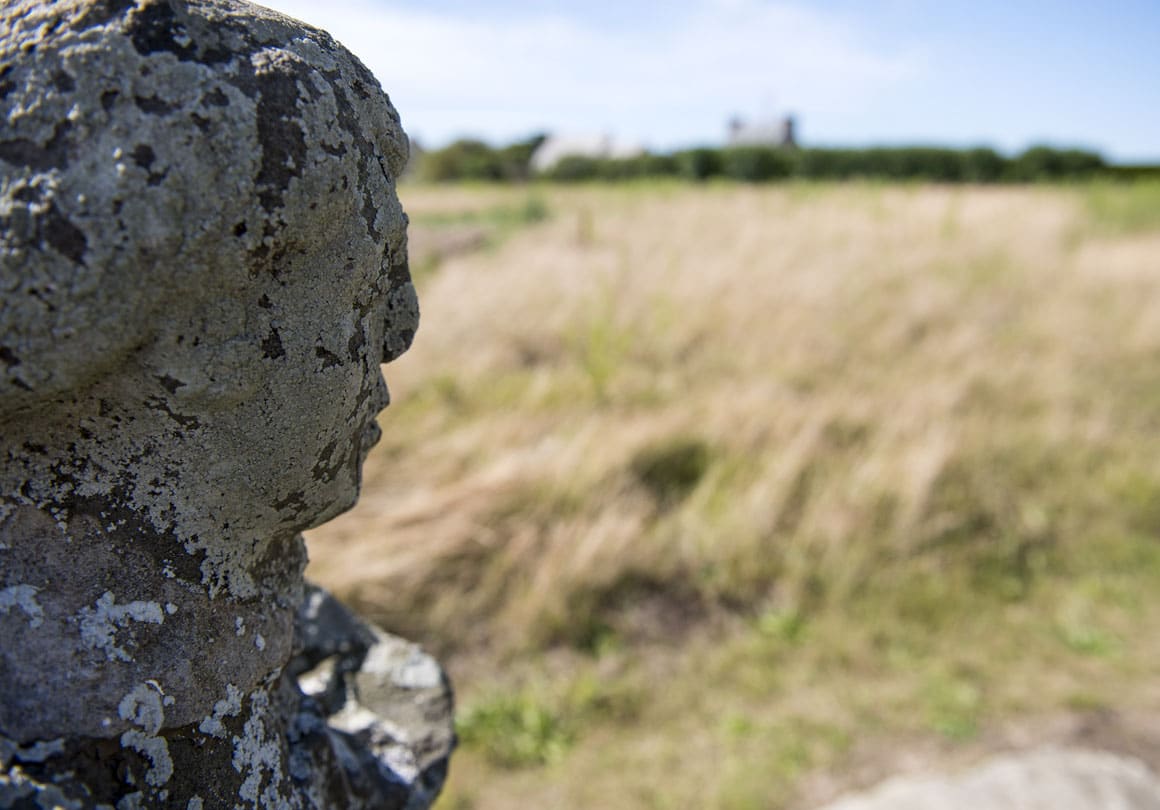
An ancient cult
The cult of water is very old and is part of the beliefs inherited from prehistoric times. The Celts had a highly developed religious life, and forests and rivers were ideal for communicating with the gods. This fervor for fountains has not diminished over the centuries, but today it's tending to be lost. Yet even sixty years ago, in the memories of our parents and grandparents, we would go there to smear our eyes, skin or ears, or to ask for the healing of a loved one...
The fountains could be visited individually or as part of a pardon. Each fountain had its own day of forgiveness during the year, and pilgrims would go there in procession, accompanied by the parish priest. He would then immerse a relic of the saint to regenerate the water's powers.
These beliefs may seem outdated today, but they are at the heart of our history and culture.
Ploudaniel
Sainte-Pétronille chapel fountain
Located near the chapel and a calvary built in the late 16th century. It is dedicated to Sainte Pétronille, also known as Périne or Pérounel (in Breton). Having lived in Rome at the time of Saint Peter, she is said to have been his daughter... but also the sister of Saint Goulven, who died of a fever.
One may have replaced the other, as thewater from this miraculous fountain is said to help reduce fever.
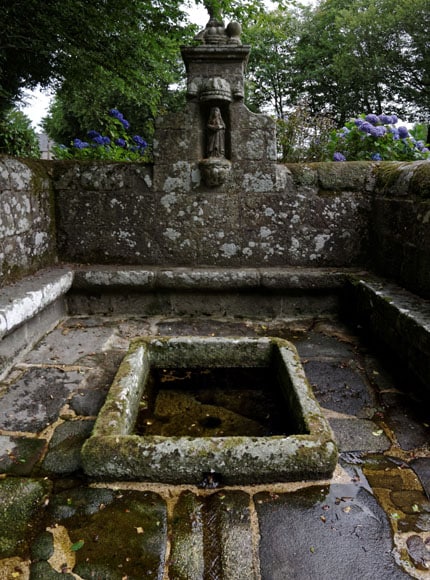
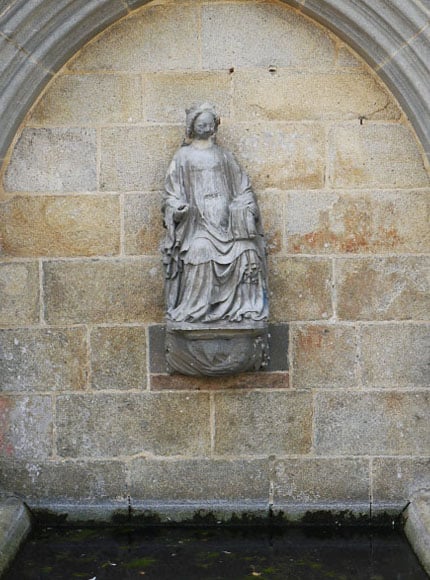
Le folgoët
Fountain in the Basilica of Notre-Dame du Folgoët
It's the area's "super miracle fountain"!
Its source is beneath the high altar of the Folgoët basilica.
Consecrated to the Virgin and Child, the water is said to cure all ills. Simply dipping the sick limb or clothes into the water would be enough to cure!
Kernouës
Fountain of the Notre-Dame de la Clarté chapel
A child who is slow to walk is a cause for concern, and can be a problem in a busy rural life. In days gone by, there was no second hand! When the little one couldn't walk, we went to the Notre-Dame de la Clarté chapel. The child would be dipped in the fountain, followed by a roll on the chapel altar, and that was it! It didn't take long for the child to figure out how to move forward.
It's in memory of this endearing legend and as part of the Ribin' de l'Imaginaire that the COAT studio has installed its work there called "Statio" from 2019 to 2021.
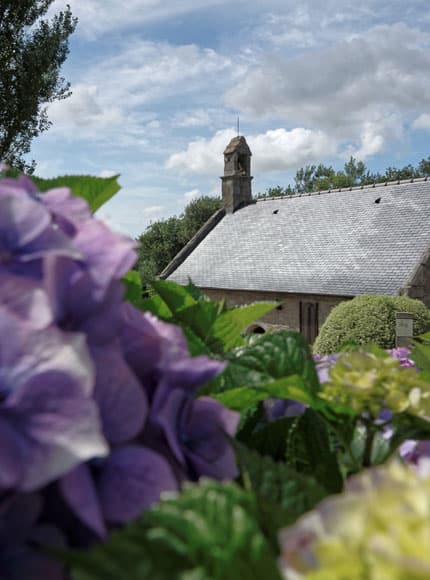
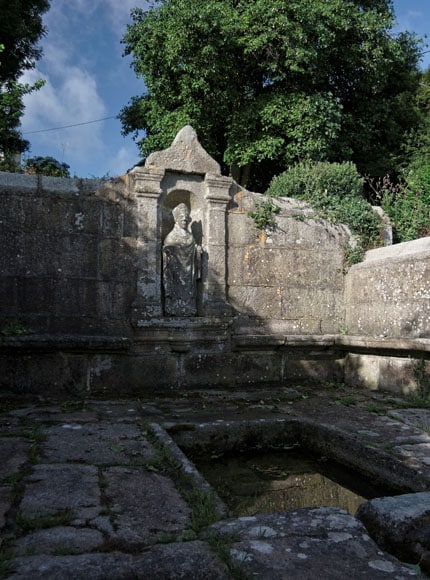
goulven
Saint-Goulven fountain
Saint Goulven was a saint and bishop of Saint-Pol-de-Léon between the 6th and 7th centuries. Legend has it that he was born as soon as his parents landed in Goulven Bay. When they landed, a spring sprang up to wash the newborn and give him something to drink.
Fountain water could fight fever, rheumatism and livestock diseases.
Kerlouan
Saint-Sauveur fountains
The hamlet of St Sauveur boasts a calvary, a cross, a chapel and two fountains!
They are said to predict the cure of sick children, particularly bronchial diseases.
They can be seen on the Tro Vélo 7 cycle route.
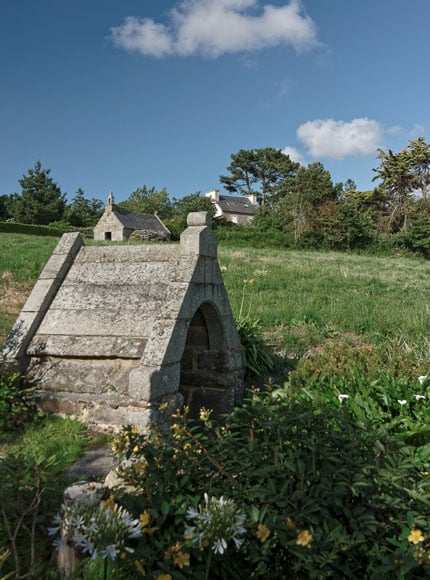
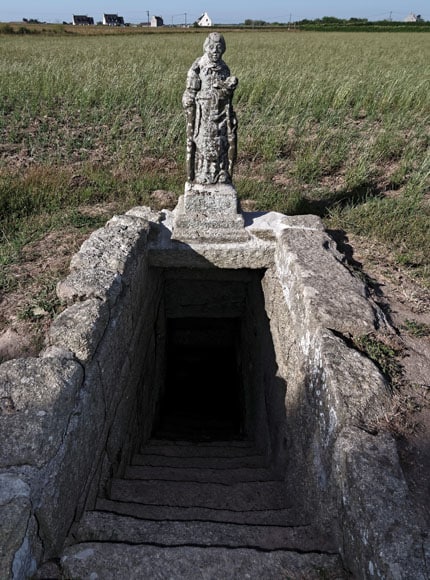
Kerlouan
Fountain of the Saint-Egarec chapel
Not far from the chapel dedicated to the same saint, the water from the latter, at the bottom of the stairs, combats eye and ear ailments.
For optimum effectiveness, we recommend soaking a silver coin, applying it to the diseased area, then leaving it on the chapel altar.
Saint Frégant
Saint-Guénolé fountain
Guénolé, son of island Breton immigrants: Fragan (hence the name of the commune) saved his sister Clervie from a wild goose! The little girl, playing with the bird, saw her eye swallowed! Guénolé, warned by an angel, went to her rescue, opened the animal's belly to retrieve his sister's eye and put it back in its place. Clervie lived again, and the goose lived.
It's easy to see why water from the fountain cures eye diseases!
Installed until 2024, artist Véronique Matteudi's installation "L'œil de Guénolé" revisits this legend as part of Ribin' de l'Imaginaire.
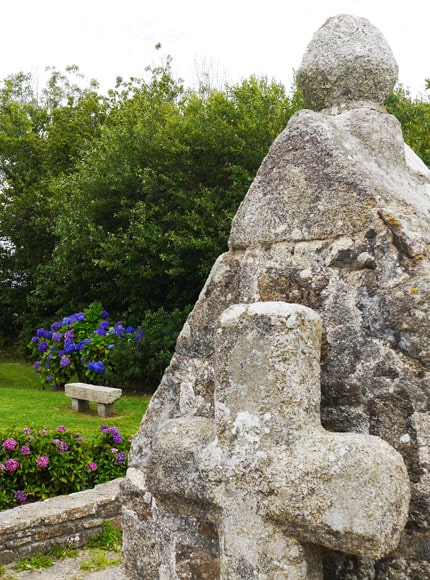
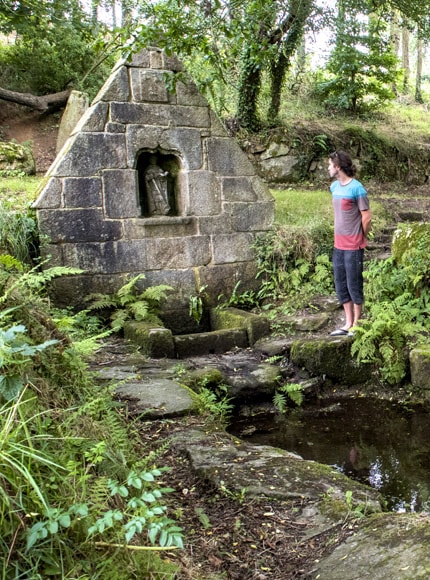
Guissény
Saint-Gildas fountain
The Saint-Gildas fountain isn't miraculous, but we wanted to talk about it anyway!
In fact, it's located in a magnificent green setting where numerous events take place: Fest Bro Pagan in July, the Riolets in summer...
